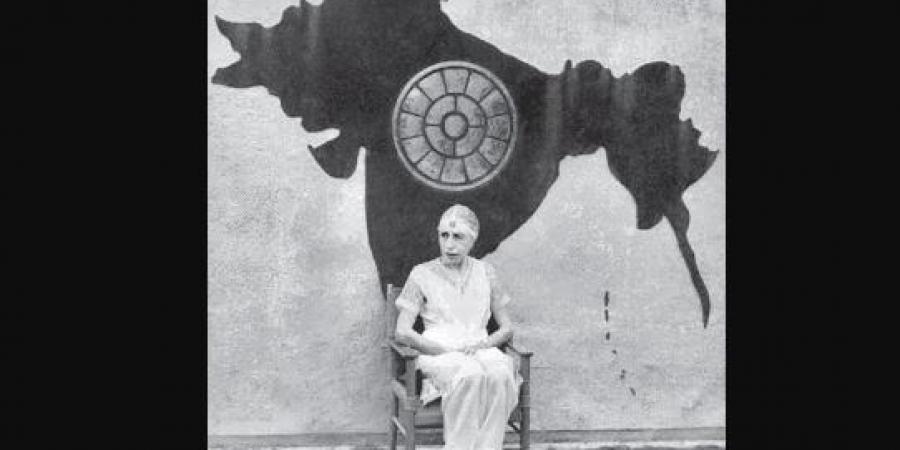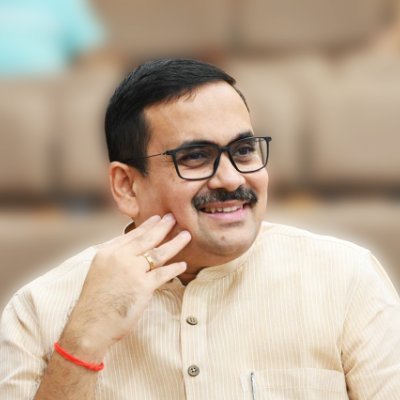In later years, Mirra would come across as the perfect blend of the West and East, and one of the most magnetic interpreters of the East to the West.
I was on the boat at sea, not expecting anything… when all of a sudden, unexpectedly, about ten nautical miles from Pondicherry, the quality of the atmosphere, of the air, changed so much that I knew I was entering the aura of Sri Aurobindo. It was a physical experience and I guarantee that whoever has a sufficiently awakened consciousness can feel the same…” observed The Mother, reminiscing that day, April 24, in 1920, when she reached the shores of the southern French enclave of Pondicherry, which the Indian philosopher, revolutionary and sage, Sri Aurobindo, had made his cave of tapasya. It was for the second and final time that The Mother (Mirra) reached Pondicherry, heralding the beginning of a new era. After a brief stay of a little less than one year in Pondicherry, between March 1914 and February 1915, she had left for Japan. But her undiminished conviction was that of a return to the presence of Sri Aurobindo. While in Japan, Mirra lived through the devastating Spanish Flu pandemic of 1918 which had its origins, even then, in China. Mirra herself caught the flu, it was “a close call”, but she survived.
In later years, Mirra would come across as the perfect blend of the West and East, and one of the most magnetic interpreters of the East to the West. She came to be recognised as Sri Aurobindo’s foremost interpreters and also the one who gave dynamic shape to his vision and action. Mirra’s was therefore a life of relentless, unceasing, indefatigable action for realising and imparting practical shape to Sri Aurobindo’s vision for India and the world. Driven by an inexhaustible reserve of energy, a grounded pragmatism, a keen administrative sense and a phenomenal organisational power, Mirra, who transformed into The Mother, left behind a lasting imprint on the legacy of Sri Aurobindo. In fact, it was because of her, that Sri Aurobindo’s legacy, message and contribution found an ineradicable presence in the collective psyche of Bharat.
India was to The Mother, the theatre of mankind’s spiritual evolution and possibility. India’s spiritual evolution was for her the roadmap for humanity’s spiritual march. To her as to Sri Aurobindo, India’s spiritual destiny was to eventually become the world teacher—Visva Guru—a role India had civilisationally adorned and held in past, when civilisations looked to her for wisdom, light and knowledge. India was the country of The Mother’s soul, the country she always cherished as her “true mother-country”. She had completely and without reserve identified with India’s inner self. “India is not the earth, rivers and mountains of this land, neither is it a collective name for the inhabitants of this country. India is a living being, as much living as, say, Shiva. India is a goddess as Shiva is a God,” she once observed.
One principal and compelling dimension of The Mother’ life was the realisation of India’s spiritual—adhyatmic—destiny, for in that realisation lay the seeds of a new age of global living. For years, she held classes, met people from all walks of life, from leaders to disciples, before the “spiritual map of India”—the demarcation of the cultural and civilisational space of undivided Bharat that still stands at the Ashram playground. When someone spoke of being politically correct, she retorted, “The map was made after the Partition. It is the map of the true India in spite of all passing appearances, and it will always remain the map of the true India, whatever people may think about it.”
From Gurudev Rabindranath Tagore to Sri Guruji Golwalkar, to Vinoba Bhave, from Dr Syama Prasad Mookerjee, to KM Mushi, to Jawaharlal Nehru, from Dr Rajendra Prasad, to Lal Bahadur Shastri, to Indira Gandhi, from UN Dhebar to K Kamaraj to Nandini Satpathy, from General JN Chaudhuri, the liberator of Hyderabad to General JFR Jacob, the hero of the Bangladesh Liberation War, from celebrated educationists like DS Kothari to legendary litterateurs like Vinay Krishna Gokak, to name a few, each one who met The Mother came away with a lasting and inspiring impression and touch.
And yet when she was asked by the All India Radio for a message on her ninetieth birthday, The Mother’s reminiscences of a fascinatingly packed and eventful life, so full of struggle and achievements, so visible and yet so self-effacing, was remarkably short: “The reminiscences will be short. I came to India to meet Sri Aurobindo, I remained in India to live with Sri Aurobindo, when he left his body I continued to live here in order to do his work which is by serving the Truth and enlightening humanity to hasten the rule of the Divine’s Love upon earth.”The centenary of her final arrival in India—April 24, 2020—is an ideal occasion for reflecting on her life, legacy and unique contribution.
(The writer is the Director, Dr Syama Prasad Mookerjee Research Foundation)
(The views expressed are the author's own and do not necessarily reflect the position of the organisation)


